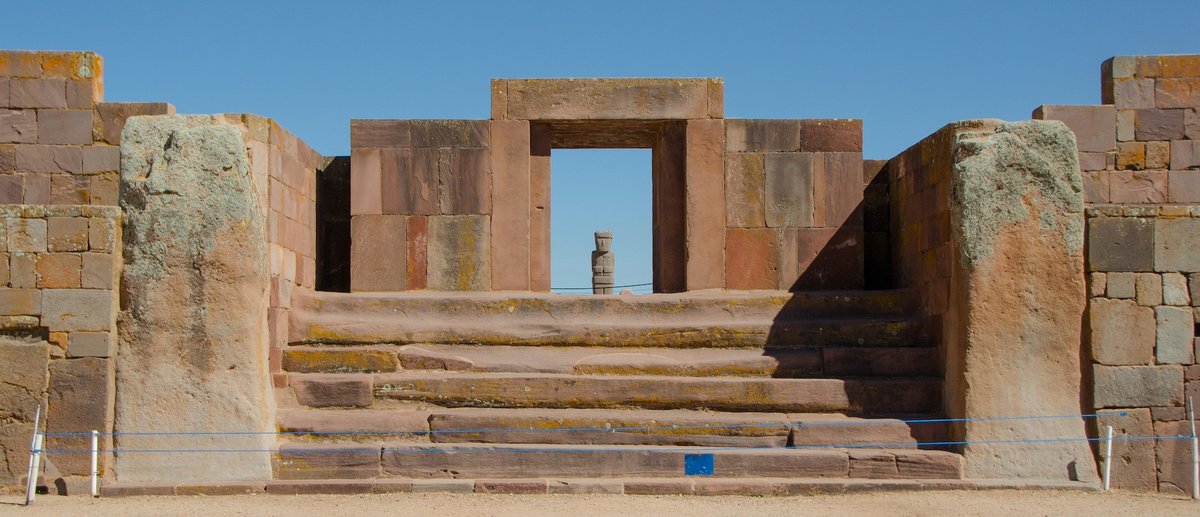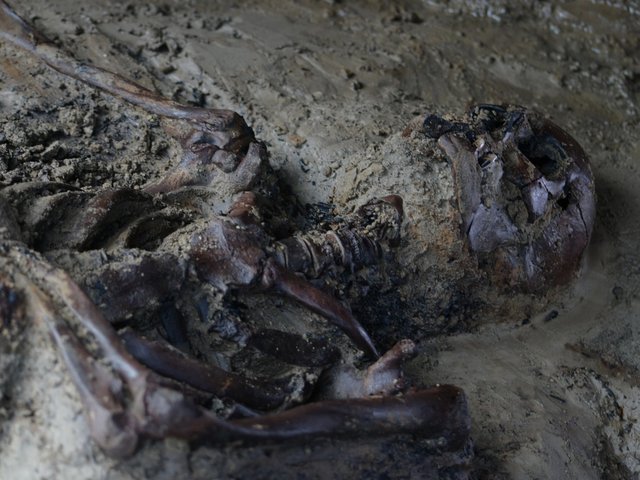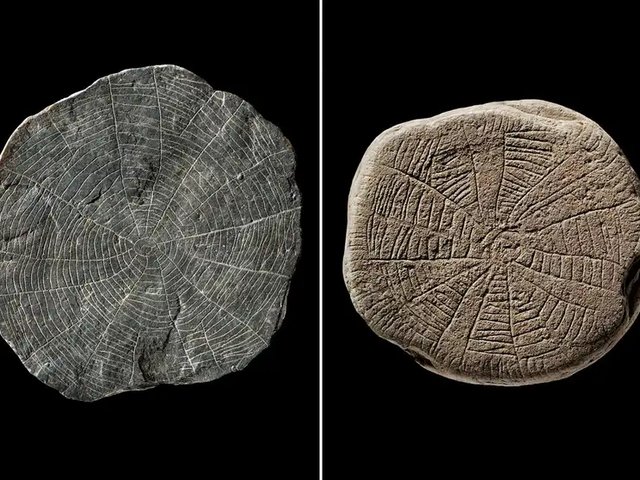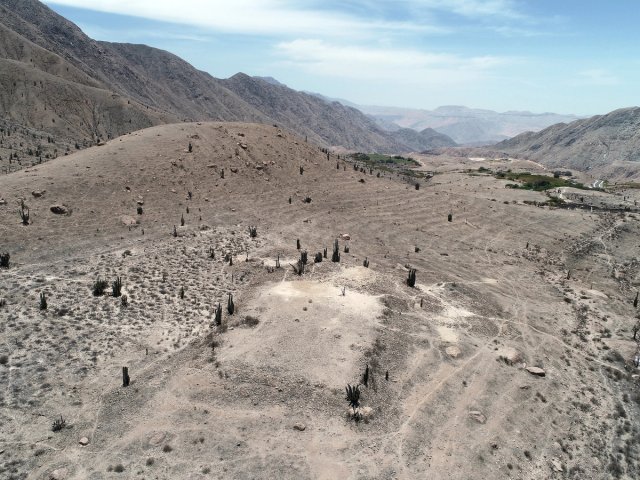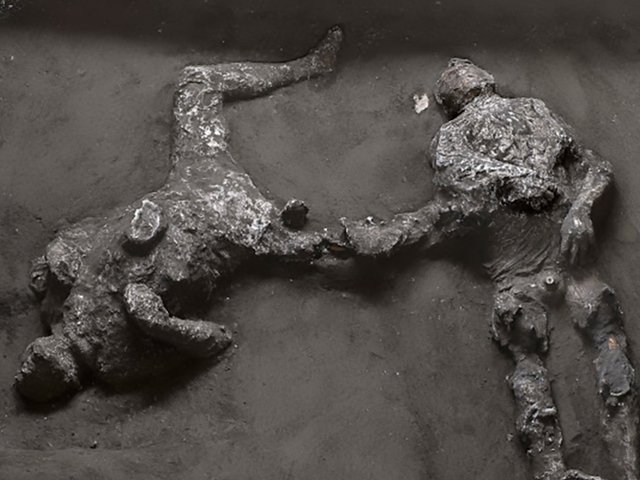A massive volcanic eruption may have helped to set in motion the development of one of South America’s earliest complex societies. Experts have identified ashy layers at multiple Bolivian sites as tephra, a material produced by volcanic eruptions, that rained down on settlements near Lake Titicaca sometime between 400CE and 720CE—a period that coincides with the rise of the ancient city of Tiwanaku.
“We suggest that this tephra represents a major eruption that may have played a significant role in the histories of human-volcano interactions in the region,” write Erik J. Marsh of the National Scientific and Technical Research Council, Argentina, and Christopher J. Harpel and David E. Damby of the US Geological Survey, in an article published in the journal The Holocene.
Previously, researchers had explained the presence of ashy layers at archaeological sites in the Lake Titicaca Basin, 55km west of La Paz, in different ways—suggesting that it might be burned llama dung, for example, evidence of burning before a feast or ritual, or that it was related to pottery production.
Now, Marsh and his colleagues have analysed the ashy layer at the site of Khonkho Wankane and conclusively identified it as tephra, which fell on the settlement sometime between 400CE and 720CE, but most probably in the early years of this range. Suspected tephra, from this same date, has also been identified at the nearby sites of Iwawe and Lukurmata, showing that the eruption was a large-scale event.
“In the Lake Titicaca Basin, the impacts of volcanic eruptions have been given little consideration, likely because the nearest Holocene [our current geological era] volcano is about 140km away; most are over 250km away,” write the researchers. “Significant tephra deposition at archaeological sites at these distances suggests an explosive eruption of sufficient magnitude to impact human societies.”

The "Gate of the Sun" at the ancient city of Tiwanaku, in present-day Bolivia Photo by Mhwater, via Wikimedia Commons
Although the source volcano has not yet been identified, the eruption’s impact would have strongly affected communities across the Lake Titicaca Basin, leading people to abandon their settlements—as appears to have happened at Khonkho Wankane around 400CE. For centuries, this had been a prosperous settlement, boasting large residential complexes, monoliths and an underground canal, but after its abandonment people would not resettle there until around 790.
“Tephra fallout of this scale is characterised by immediate onset and extensive spatial coverage, meaning rapid environmental change, and would have disrupted daily, seasonal and annual rhythms, perhaps radically,” write the researchers. “Even the minimum tephra thickness estimate would have a profound impact on the delicate ecology of the arid altiplano, directly affecting camelid herds, water sources, agricultural fields and gardens.”
Significantly, the eruption coincides with the rise of Tiwanaku, one of the Andes’ first cities and the centre of one of South America’s earliest complex societies. Although founded around 100CE, Tiwanaku’s emergence as a major centre occurred from 400CE to 720CE. Over the centuries, the city came to dominate the region, ruling a state that covered a large part of modern Bolivia, as well as parts of Peru, Chile and Argentina, until its collapse around the year 1000. Based on this latest study, it is possible that the city grew as a result of people moving there after the eruption.
“All of this happened during the tumultuous Terminal Late Formative phase [roughly 420CE-590CE], when the city of Tiwanaku swelled with migrants, perhaps motivated to leave their homes by a volcanic eruption and its impacts,” write the researchers. “These challenges could have motivated more cooperation by larger groups, created denser and more diverse social networks, and even urban genesis. The data reported here are the first tantalising hints that Tiwanaku may have risen from the ashes.”


